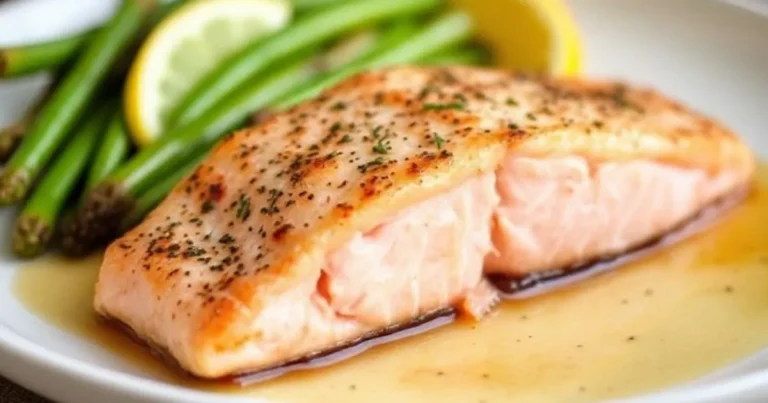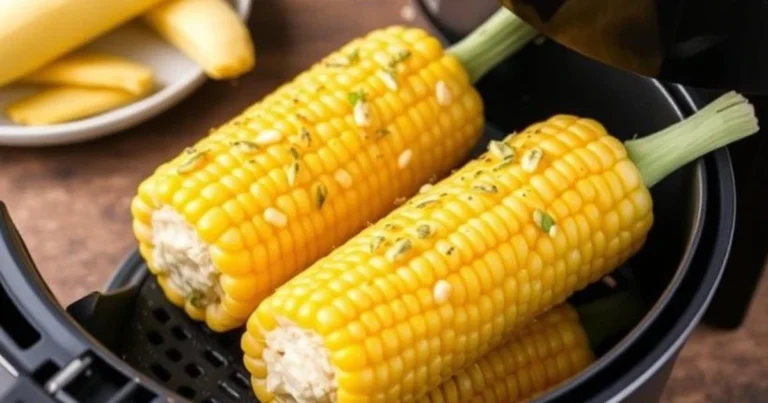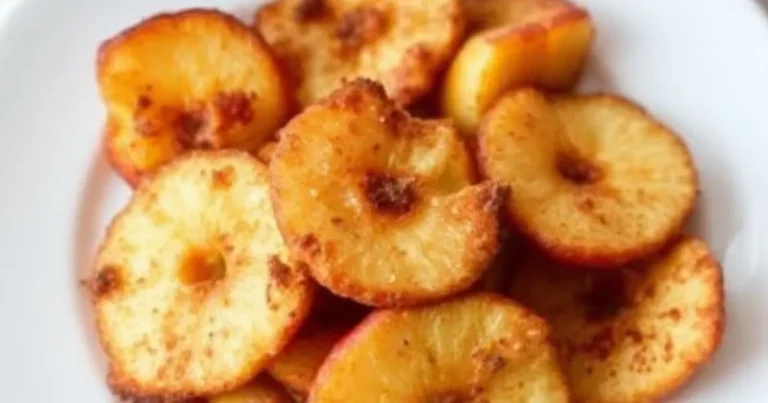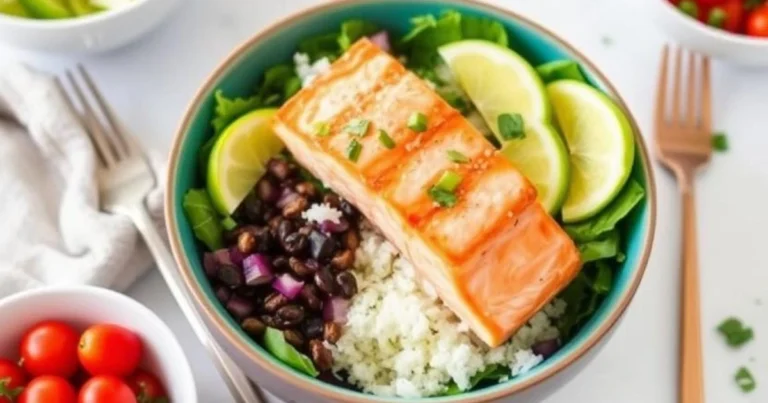Fried Chicken Brine Recipe
A perfect fried chicken starts with the right brine. This fried chicken brine recipe ensures that your chicken remains juicy, tender, and packed with flavor. The brine works by soaking the chicken in a seasoned liquid mixture before frying, allowing the meat to absorb moisture and seasoning, resulting in a crispy, flavorful crust and moist interior.
Table of Contents
Unlocking the secret to perfectly juicy and flavorful fried chicken starts with mastering the art of chicken brine. Your culinary journey begins with understanding how a simple salt solution can transform ordinary poultry into a mouthwatering masterpiece. A well-crafted fried chicken brine isn’t just a cooking technique—it’s a flavor revolution that guarantees tender, succulent meat with every crispy bite.
Professional chefs know that brining is the key to elevating your chicken from good to extraordinary. The science behind chicken brine involves salt penetration and moisture retention, ensuring that your fried chicken remains incredibly juicy while developing a crisp, golden exterior. Whether you’re a home cook or aspiring chef, this guide will walk you through creating the ultimate fried chicken brine.
Understanding the Science Behind Chicken Brining
Learning how to brine chicken breast opens up a world of flavor and juiciness. It’s not just about soaking meat in saltwater. It’s a complex process that changes chicken’s structure.
The secret to a great brine chicken recipe is in the science. Salt is key, breaking down proteins and letting moisture in deep.
How Salt Penetrates the Meat
Salt uses osmosis to get into chicken meat. When you add salt to your brine, it:
- Weakens protein bonds
- Creates spaces for water molecules
- Increases meat’s water-holding capacity
The Role of Sugar and Aromatics
Sugar does more than just add flavor to your brine chicken recipe. It:
- Balances salt’s intensity
- Promotes beautiful browning during cooking
- Adds subtle sweetness to the meat
Chemical Changes During Brining
Brining triggers some amazing chemical reactions:
| Process | Result |
|---|---|
| Protein Denaturation | Relaxed muscle fibers |
| Moisture Retention | Increased juiciness |
| Flavor Absorption | Enhanced taste profile |
Understanding these scientific principles helps you master the art of creating perfectly brined chicken every time.
Essential Ingredients for the Perfect Fried Chicken Brine
Making a great fried chicken brine is all about the right ingredients. It’s not just salt and water. It’s a mix that makes the chicken juicy and full of flavor.
Start with top-notch ingredients for the best brine:
- Salt: Use kosher salt for its clean taste and ability to soak into the meat
- Water: Use filtered water for a clean base
- Sugar: Adds sweetness and helps the chicken turn golden
Adding aromatic ingredients can take your brine to the next level:
- Herbs like rosemary, thyme, and sage
- Spices such as black peppercorns and bay leaves
- Garlic and onion for extra flavor
“A perfect brine is the secret weapon of professional chefs and home cooks alike” – Culinary Experts
For a unique twist, try adding citrus zest, hot sauce, or bourbon. These can make your fried chicken brine stand out.
The secret to a great brine is finding the right mix of salt, sweet, and spices. This balance makes the meat taste amazing.
Step-by-Step Fried Chicken Brine Process
Brining chicken is a game-changer. It turns regular chicken into a juicy, flavorful dish. Whether you’re brining chicken breast or a whole chicken, knowing the process is crucial.
Crafting the Perfect Brine Solution
Making a great brine needs attention to detail. Begin with these basic ingredients:
- Kosher salt (crucial for flavor penetration)
- Water (filtered recommended)
- Sugar (helps balance salt and promote browning)
- Optional aromatics like herbs and spices
Chicken Preparation Techniques
Getting your chicken ready is key. Follow these steps:
- Select fresh, high-quality chicken pieces
- Trim excess fat and remove giblets
- Rinse chicken thoroughly under cold water
- Pat dry with paper towels
Brining Time and Temperature Guidelines
| Chicken Cut | Recommended Brining Time | Temperature Range |
|---|---|---|
| Whole Chicken | 8-12 hours | 34-40°F |
| Chicken Breasts | 2-4 hours | 34-40°F |
| Chicken Thighs | 4-6 hours | 34-40°F |
Pro tip: Always refrigerate chicken while brining to prevent bacterial growth and ensure food safety.
“The secret to incredible fried chicken is patience and precision in brining.” – Professional Chef
Common Mistakes to Avoid When Brining Chicken
Mastering chicken brine means avoiding key mistakes. These errors can make your fried chicken soggy instead of crispy. Knowing these mistakes helps you make perfect fried chicken brine every time.
- Over-Brining Disaster: Brining chicken too long makes it too salty. Most chicken should brine for no more than 12 hours. Smaller pieces need even less time.
- Salt Selection Matters: Not all salts are good for chicken brine. Use kosher salt, as table salt can make chicken too salty and grainy.
- Temperature Danger Zone: Always keep brining chicken cold. Brining at room temperature can lead to harmful bacteria growth.
Success with fried chicken brine comes from precise technique. Chefs say it’s all about the right balance of salt and brining time.
“The difference between good and great chicken is often in the details of the brining process.” – Culinary Experts
Fixing your chicken brine needs careful watching. If it’s too salty, try brining it less or use less salt. Try different methods to find what works best for you.
- Use a kitchen scale for precise salt measurements
- Invest in a reliable meat thermometer
- Keep detailed notes on your brining experiments
Creating the perfect fried chicken brine is an art that gets better with practice. Each try teaches you something new about flavor, texture, and technique.
Tips for Creating Flavor Variations in Your Chicken Brine
To make your smoked chicken brine stand out, think outside the box. A good brine recipe is more than just salt and water. It’s about exploring new flavors that take your cooking to the next level.
Trying out different ingredients can make a simple brine into a flavor explosion. It’s all about knowing how different tastes work together.
Herb and Spice Combinations
Choosing the right herbs and spices is key to a great brine. Here are some tasty combinations to try:
- Mediterranean-inspired: Rosemary, thyme, and garlic
- Smoky Southwest: Chipotle, cumin, and smoked paprika
- Asian-influenced: Ginger, star anise, and green onions
- Citrus-infused: Lemon zest, black pepper, and bay leaves
International Flavor Profiles
Chicken can taste like it’s from around the world with the right seasonings. Let your brine take you on a global food adventure with these ingredients:
- Thai: Lemongrass, kaffir lime leaves, and chili
- Indian: Turmeric, cardamom, and coriander seeds
- Mexican: Cilantro, jalapeño, and lime juice
Seasonal Brining Adaptations
Your brine can change with the seasons. In summer, go for fresh herbs. In winter, warm spices are better.
- Summer: Fresh basil, mint, and orange zest
- Fall: Cinnamon, nutmeg, and apple cider
- Winter: Sage, juniper berries, and cranberry
- Spring: Lavender, fennel, and lemon thyme
The secret to a great brine is finding the right balance of flavors. Don’t be afraid to try new things and see what you like.
From Brine to Fry: Cooking Your Brined Chicken
After soaking your chicken in brine, it’s time to make it crispy. This process needs careful steps and a good understanding of cooking basics.
First, take the chicken out of the brine. Dry it well with paper towels. This step is key to getting that golden-brown outside.
- Remove chicken from brine after recommended time
- Thoroughly pat chicken dry with clean paper towels
- Let chicken rest at room temperature for 15-20 minutes
- Prepare your preferred coating mixture
Choosing the right coating is important. You can go for classic flour or try something new like buttermilk or seasoned breadcrumbs.
| Coating Type | Texture Profile | Recommended Frying Temperature |
|---|---|---|
| Standard Flour | Classic Crispy | 350°F |
| Buttermilk Dredge | Extra Crunchy | 325°F |
| Panko Breadcrumbs | Extra Crisp | 340°F |
Fry the chicken in hot oil. Consistent heat is key for a crispy outside and juicy inside. Use a digital thermometer to keep the oil at the right temperature.
“The secret to great fried chicken is patience and precise temperature control.” – Professional Chef Recommendation
Your brined chicken will be incredibly juicy and full of flavor. The extra work in brining makes this dish unforgettable.
Conclusion
Your journey to making the best fried chicken starts with a great fried chicken brine. Salt, sugar, and aromatics work together to make the meat tender and flavorful. This will take your cooking to new levels.
Exploring different brine chicken recipes opens up a world of possibilities. Each method adds moisture and flavor to the chicken, making every bite juicy and full of taste. Whether you’re making a classic Southern dish or trying something new, the right brine is key.
Practice is important to get better at brining. Start with the basics and then try new ingredients and flavors. Your family and friends will love the amazing fried chicken you make at home.
Brining is a skill that makes a big difference in cooking. With patience, creativity, and what you’ve learned, you can turn ordinary chicken into a special dish. Everyone will want to know your secret.
FAQ
What is the purpose of brining chicken?
Brining makes chicken moist, flavorful, and tender. It uses a salt solution to break down proteins. This lets the meat soak up more liquid, keeping it juicy and seasoned.
How long should I brine chicken?
Brining time varies by chicken type and size. Breasts need 30 minutes to 2 hours. Whole chickens can brine for 4-12 hours. Be careful not to over-brine to avoid too much salt.
Can I use table salt for brining?
Use kosher or sea salt for brining instead of table salt. Table salt can make the brine cloudy and affect taste. Kosher salt offers a cleaner brining experience and better control over saltiness.
Is it necessary to rinse chicken after brining?
Rinsing is optional. If worried about saltiness, rinse and dry the chicken well. Drying is key for a crispy exterior when frying.
Can I brine frozen chicken?
Always thaw chicken before brining. Brining frozen chicken can cause uneven salt absorption and safety issues. Thawing in the fridge is safest and most consistent.
What’s the difference between wet and dry brining?
Wet brining submerges chicken in saltwater. Dry brining rubs salt on the chicken’s surface. Wet brining adds moisture, while dry brining enhances flavor and crispiness.
Can I add herbs and spices to my chicken brine?
Yes! Adding herbs, spices, and aromatics like garlic and citrus zest can boost flavor. These ingredients add layers of taste to the chicken during brining.
How do I store chicken while it’s brining?
Store chicken in the fridge to prevent bacterial growth. Use a non-reactive container like glass or ceramic. Keep the chicken fully submerged and the temperature below 40°F for safety.
Can I brine chicken for different cooking methods?
Yes! Brining works well for frying, roasting, grilling, and smoking. The basic brining principles apply, but adjust brining time and ingredients for your method.
What if I’m watching my sodium intake?
If watching sodium, reduce salt in the brine or try dry brining with less salt. You can also use herbs and spices to flavor without adding much sodium.







